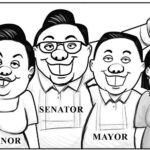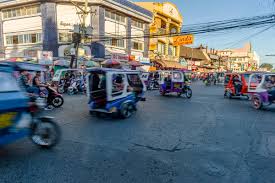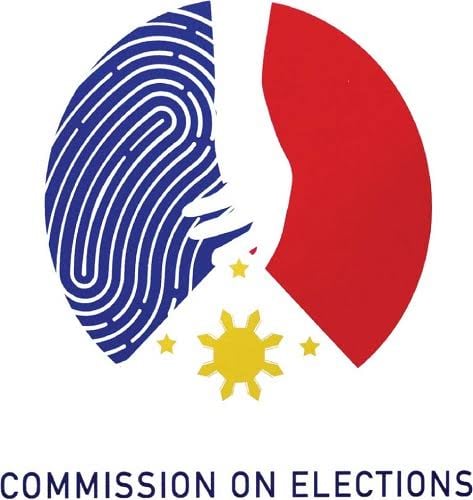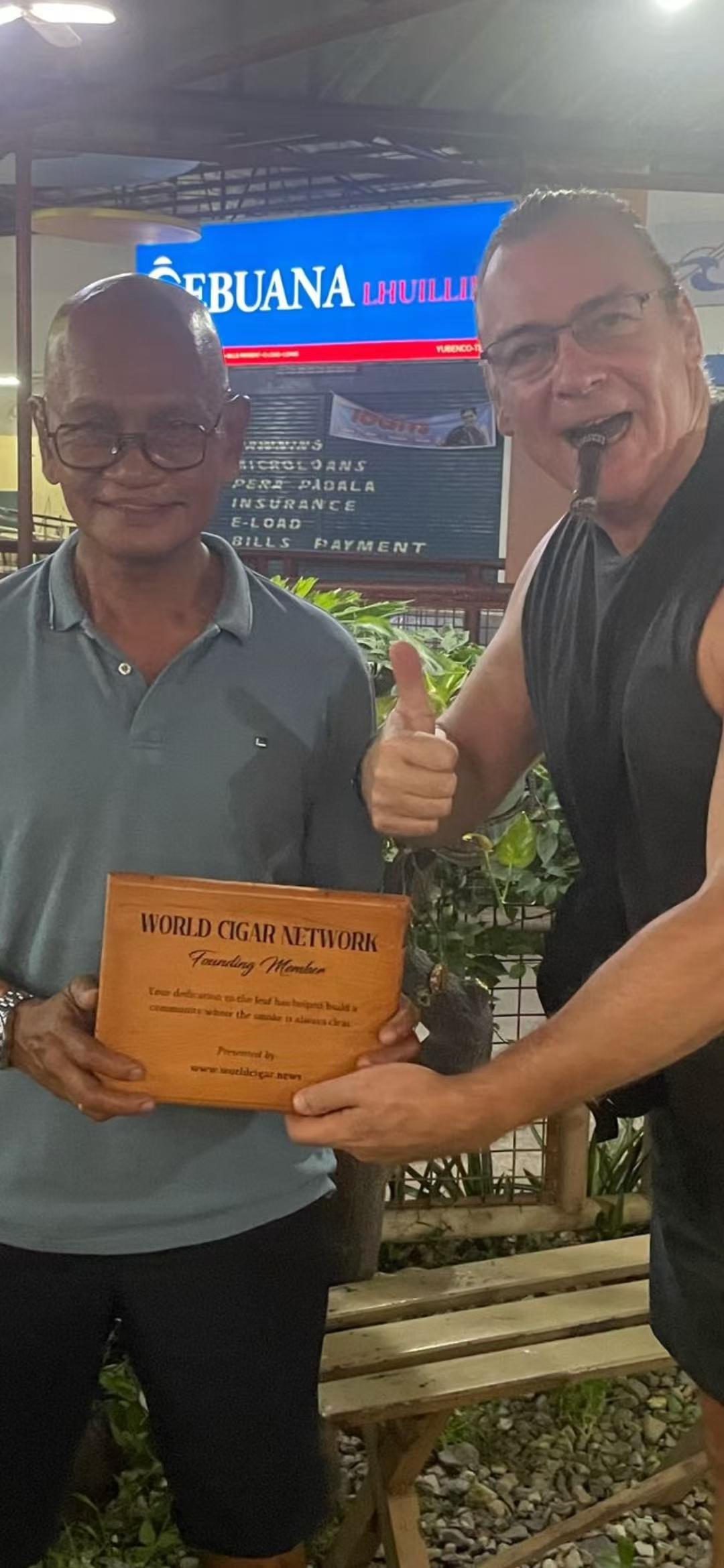Sheilla Cajayon Ysug-Lee
Zamboanga City, a bustling metropolis in the southern Philippines, is known for its vibrant culture, rich history, and scenic beaches. However, beneath its charm lies a less-than-ideal traffic situation that can test the patience of even the most seasoned commuters. Add to that the frequent telecom tantrums, and you get a city that’s often grappling with two major obstacles: congestion and connectivity.
Traffic in Zamboanga City is notorious for its slow pace, with some areas experiencing gridlock-like situations during peak hours. The city’s narrow streets and aging infrastructure contribute to the problem, making it difficult for authorities to implement effective traffic management systems. Add to that the influx of new residents and the growing economy, and you have a perfect recipe for chaos on the roads.
The city’s Pasonanca-Corrales road, one of the main thoroughfares, is particularly notorious for its traffic jams. The road is often clogged with vehicles, motorcycles, and even pedestrians, making it a challenge for commuters to reach their destinations on time. The situation is exacerbated by the lack of proper traffic lights, bus lanes, and pedestrian crossing facilities, making the road a haven for rule-breakers and daredevils.
But the traffic woes are just part of the story. Zamboanga City’s telecom infrastructure is also in dire need of attention. Cellular network coverage can be spotty at best, leaving many residents frustrated and disconnected. The city’s few internet service providers are often unreliable, making it difficult for businesses, schools, and government offices to operate efficiently.
The problem is not just limited to the city’s internet speeds and coverage. The lack of reliable communication systems also hampers emergency response efforts. In the event of a natural disaster or security incident, the city’s authorities often struggle to communicate with affected areas, leading to delays in sending aid and responding to emergencies.
Despite these challenges, Zamboanga City is making efforts to improve its traffic situation and telecom infrastructure. In recent years, the city has embarked on various initiatives to address its traffic congestion, including the implementation of traffic signalization and pedestrianization programs.
The city’s Department of Public Works and Highways (DPWH) has also been working to upgrade its road network, with plans to build new roads, sidewalks, and bike lanes. The local government has also partnered with private companies to implement smart traffic management systems, which aim to reduce congestion and improve traffic flow.
In terms of telecom, the city has seen a significant improvement in recent years. The government has invested in infrastructure development, including the construction of new cell towers and the upgrade of existing ones. Telecommunications companies have also expanded their coverage areas, providing better services to Zamboanga City’s residents and businesses.
Despite these efforts, the city still faces significant challenges in addressing its traffic and telecom issues. However, with continued investment and collaboration, Zamboanga City can work towards becoming a more connected and efficient urban center. For now, residents and visitors alike can only hope for a smoother ride – both on the roads and in terms of connectivity.















